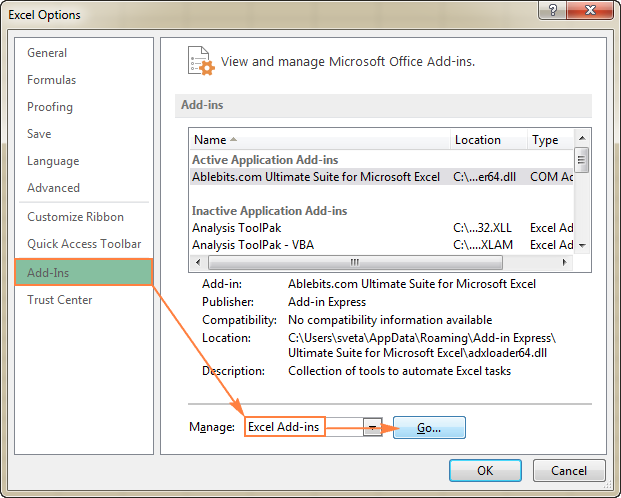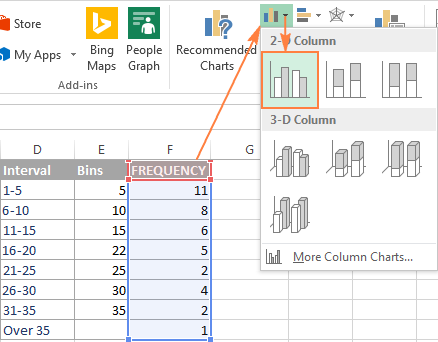

As you’ll see, when it comes to Data Models, upgrade is one way, from client all the way down to the hosting platform. After upgrading, you will no longer be able to edit or use a Workbook Data Model in Excel 2010 using either previous release of the Power Pivot for Excel add-in, nor can you host it using Excel Services in SharePoint Server 2010. But those opportunities come at the cost of interoperability. At the same time, upgrading to Excel 2013 opens up new opportunities for using a model in the cloud.

As the following diagram indicates, upgrading a Data Model introduces new hosting requirements if you want to view, consume, and manage Workbook Data Models in a collaborative environment. This is a big paradigm shift in feature placement, and it has a corollary at the server level.

#EXCEL DATA ANALYSIS ADD IN 2010 FULL#
In Excel 2013 or later, the same Data Model feature you used in Power Pivot moves intact (i.e., with full support of DAX expressions, KPIs, hierarchies, etc.) out of the purview of SQL Server add-ins for Excel, and into Excel proper. If you’ve previously used a SQL Server Power Pivot add-in to create an embedded Data Model in Excel 2010, the new integrated Data Model in later versions of Excel comes with little to no surprises. Excel for Microsoft 365 Excel 2021 Excel 2019 Excel 2016 Excel 2013 More.


 0 kommentar(er)
0 kommentar(er)
